A Hydronic Heating System Uses
A hydronic heating system uses. Hydronic heating systems are hot water heating systems that use water as a medium for conveying and transmitting the heat to the various rooms and spaces within a structure. Since air is able to compress the hot water can expand and contract without causing the pressure relief valve to. Well get into more detail on how they work in the next section but by way of a general example a standard hot-water radiator will likely be the hydronic system most familiar to the reader.
Net Zero Energy Building. These are some of the reasons hydronics are gaining in popularity. The name differentiates such systems from oil and steam systems.
Most people living in the upper Midwest use forced air heat however there are some distinct advantages to choosing a. The ΔP Induces Flow Against System Resistance In an Open System the ΔP also Induces Lift Against Atmospheric Pressure and Gravity CENTRIFUGAL PUMP FUNCTION CENTRIFUGAL PUMP BASIC OPERATION Impeller spin accelerates the liquid radially Liquid forced to the outside of the impeller Cutwater diverts liquid out through the discharge. Water enters the boilers combustion chamber via a circulator.
The water within the system is neither the source of the heat nor its destination. Within this broad description are hundreds of possible system configurations. When water is added to the system air is pushed into the expansion tank causing pressure in the tank to increase.
Please bear with those of us who arent as you read this article. Basic Hydronic Heating Components and Their Role in A System. What Is Hydronic Heating.
Some of you are hydronic masters and youre often called Wetheads. The fluid is either hot or cold and it either radiates or absorbs heat energy as it is circulated throughout the network of pipes. These systems keep the floor warm while heating the house.
Hydronic systems are a great choice for some situations but not for others. Once heated the water is distributed through pipes to heat baseboards or radiators throughout your home.
Although superior to traditional piping in many ways PEX-a would be significantly less appealing to a contractor if installing it in a hydronic system meant spending a fortune.
The ΔP Induces Flow Against System Resistance In an Open System the ΔP also Induces Lift Against Atmospheric Pressure and Gravity CENTRIFUGAL PUMP FUNCTION CENTRIFUGAL PUMP BASIC OPERATION Impeller spin accelerates the liquid radially Liquid forced to the outside of the impeller Cutwater diverts liquid out through the discharge. Hydronic heating works so effectively in keeping your family and home warm over conventional forced air systems because it utilizes conduction and radiation in heat transfer along with a superior conductor of heat in the form of a liquid. Historically in large-scale commercial buildings such as high-rise and campus facilities a hydronic system may include both a chilled and a heated water loop to provide for both heating and air. Hydronic systems by contrast circulate liquid via piping as a heat-transfer or cooling-transfer medium with water and glycol being the most common liquids in use. The sealed system can also be used to heat towel rails floor slabs even swimming pools anywhere where it is needed. Hydronic central heating systems are heating systems that use water as the heat medium to distribute heat from a boiler to heat emitters such as radiators or underfloor heating pipes. Within this broad description are hundreds of possible system configurations. Although superior to traditional piping in many ways PEX-a would be significantly less appealing to a contractor if installing it in a hydronic system meant spending a fortune. Lets take a look at basic HVAC hydronic heating components and their role in a system.
It is known to be an energy-efficient technique because of its ability to operate 2 or more separate piping systems from a single hydronic boiler. Hydronic heating works so effectively in keeping your family and home warm over conventional forced air systems because it utilizes conduction and radiation in heat transfer along with a superior conductor of heat in the form of a liquid. This is especially true with the industrys focus on energy efficiency and the trend to use higher water temperatures in cooling and lower water temperatures in heating. Basic Hydronic Heating Components and Their Role in A System. Describe how an air cushion tank functions in a hydronic heating system. The hydronic system simply heats water and moves it through sealed pipes to radiators throughout the home. What Is Hydronic Heating.


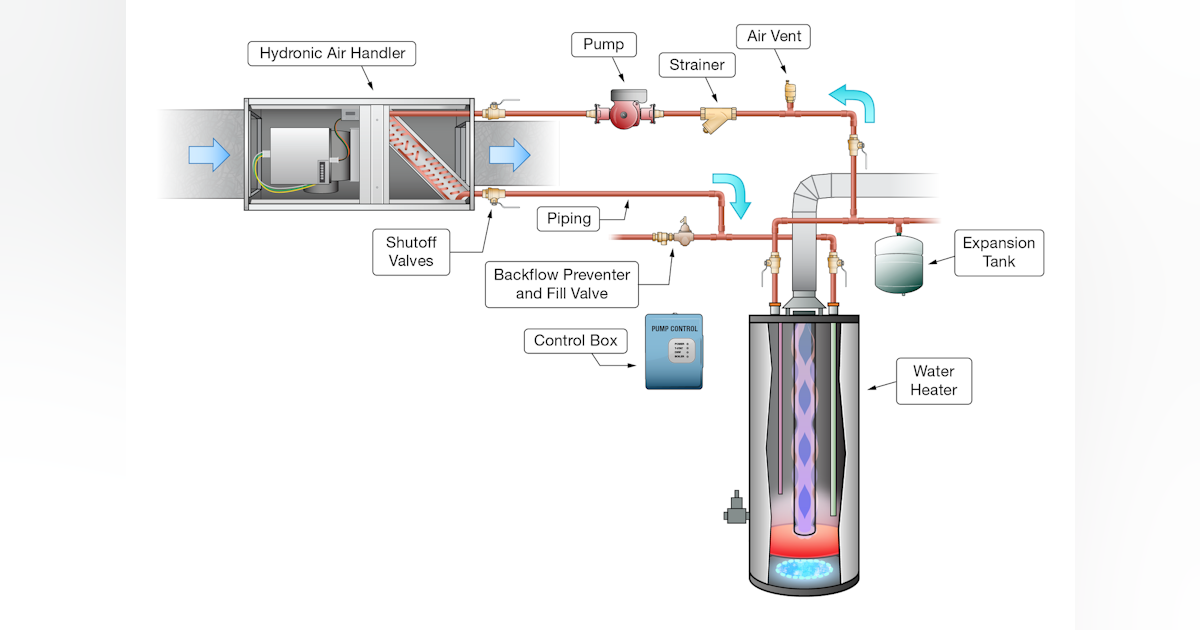
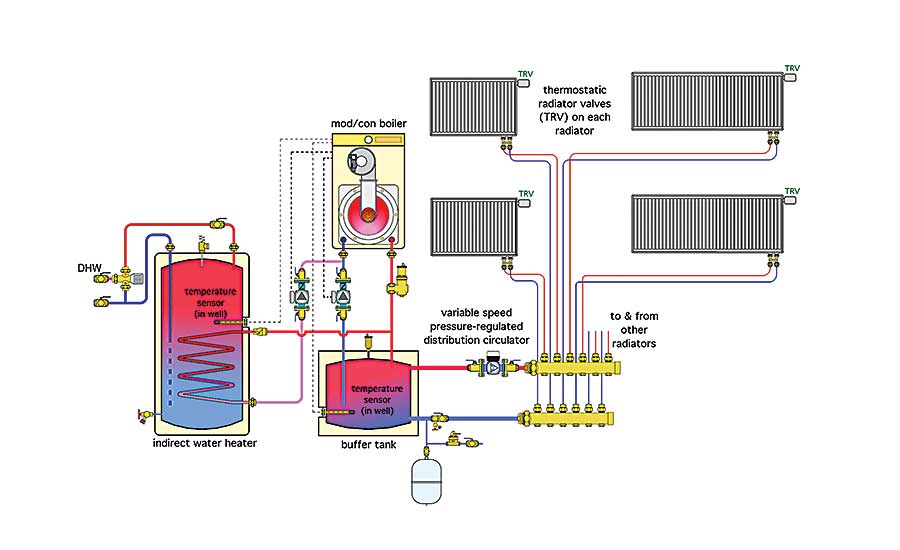
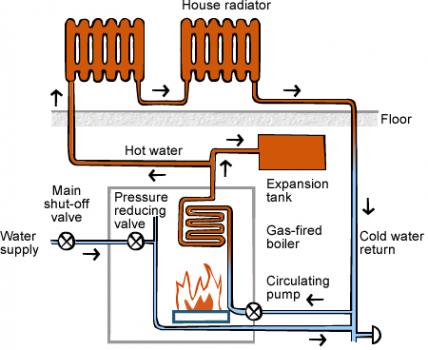
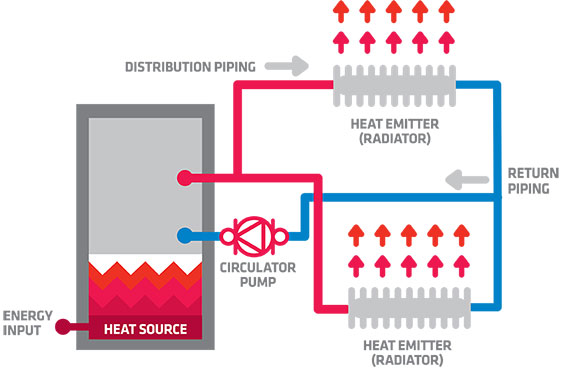



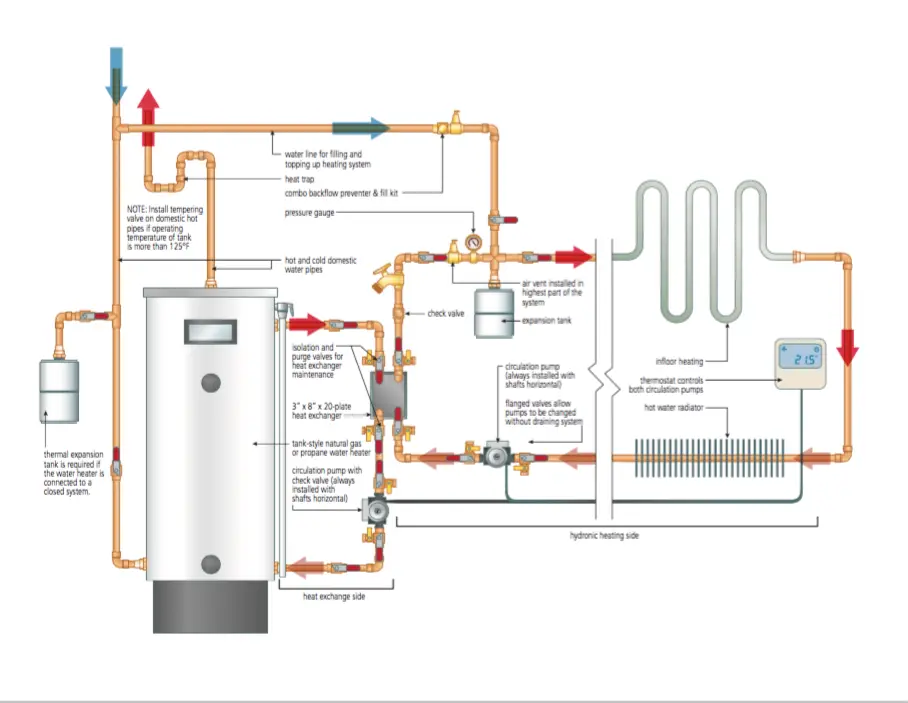

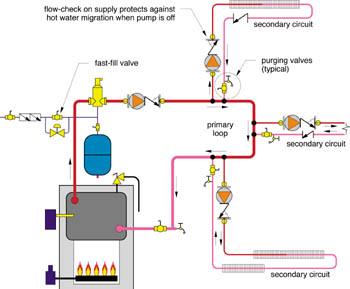
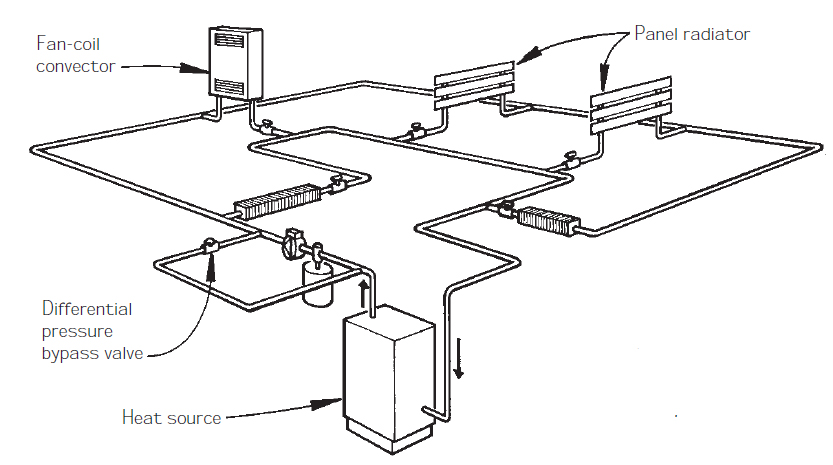



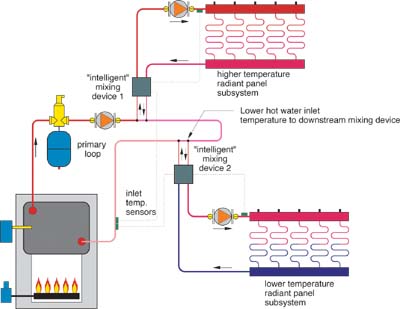





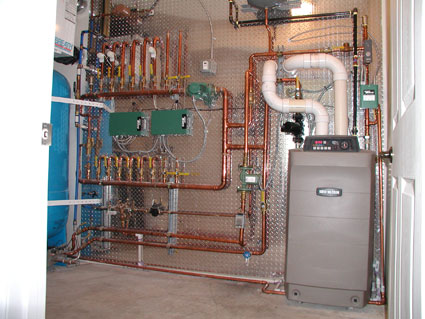





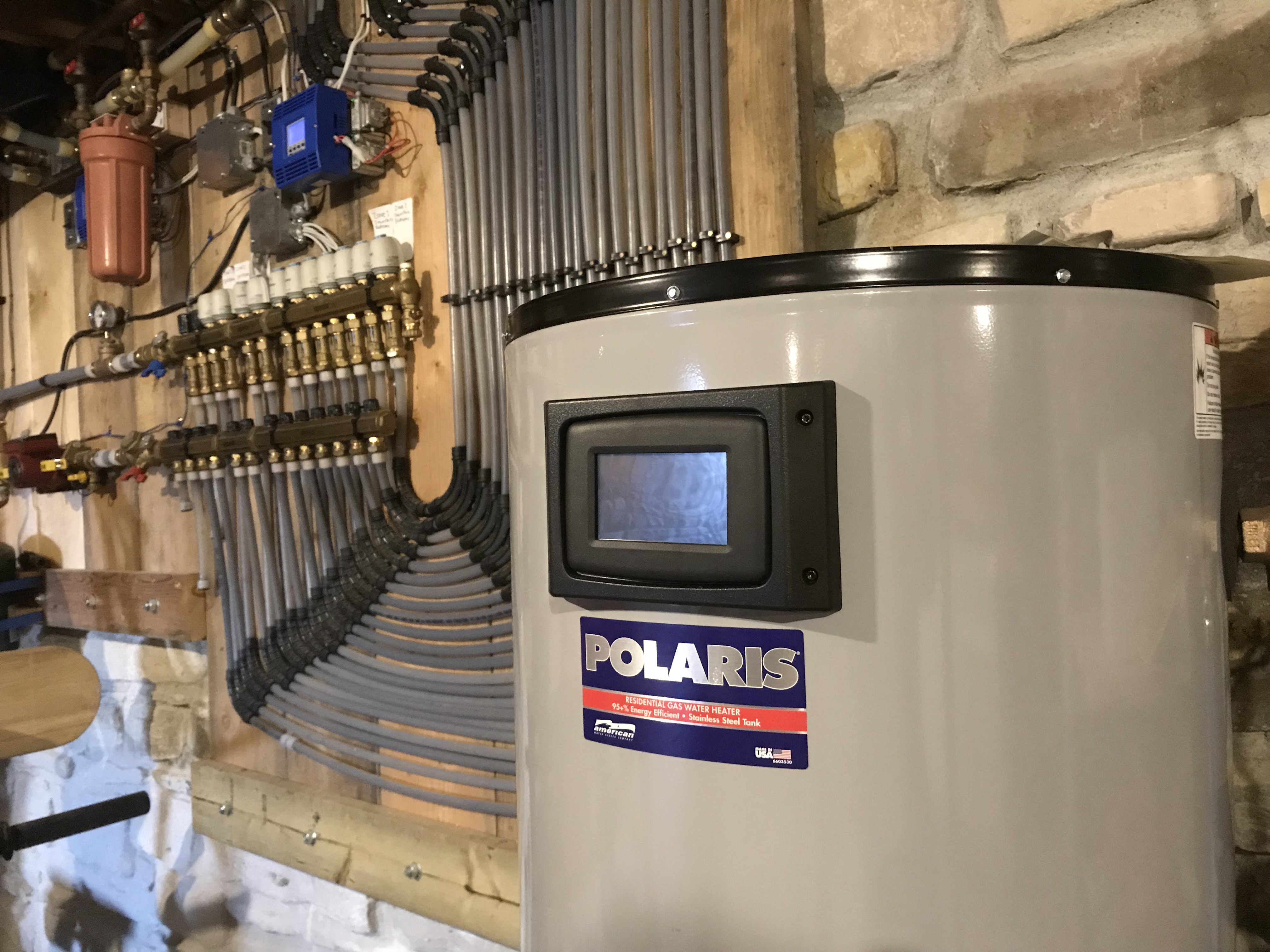



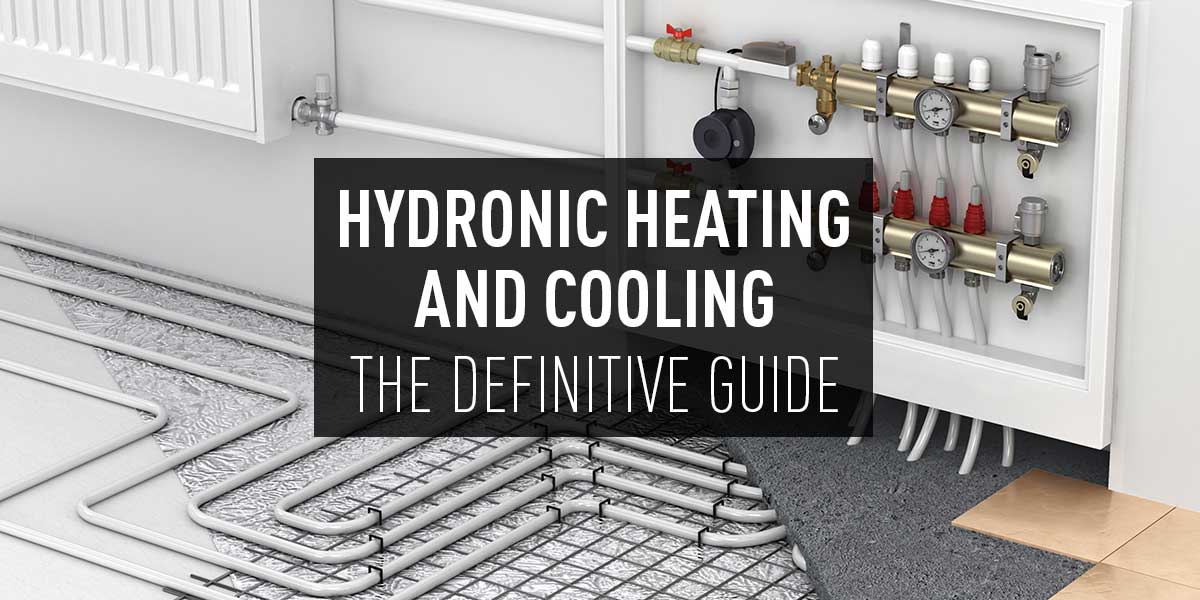
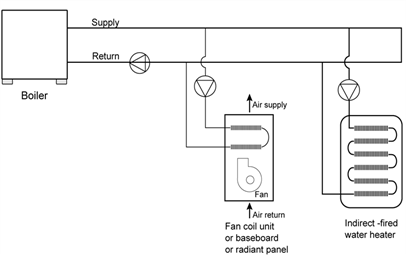



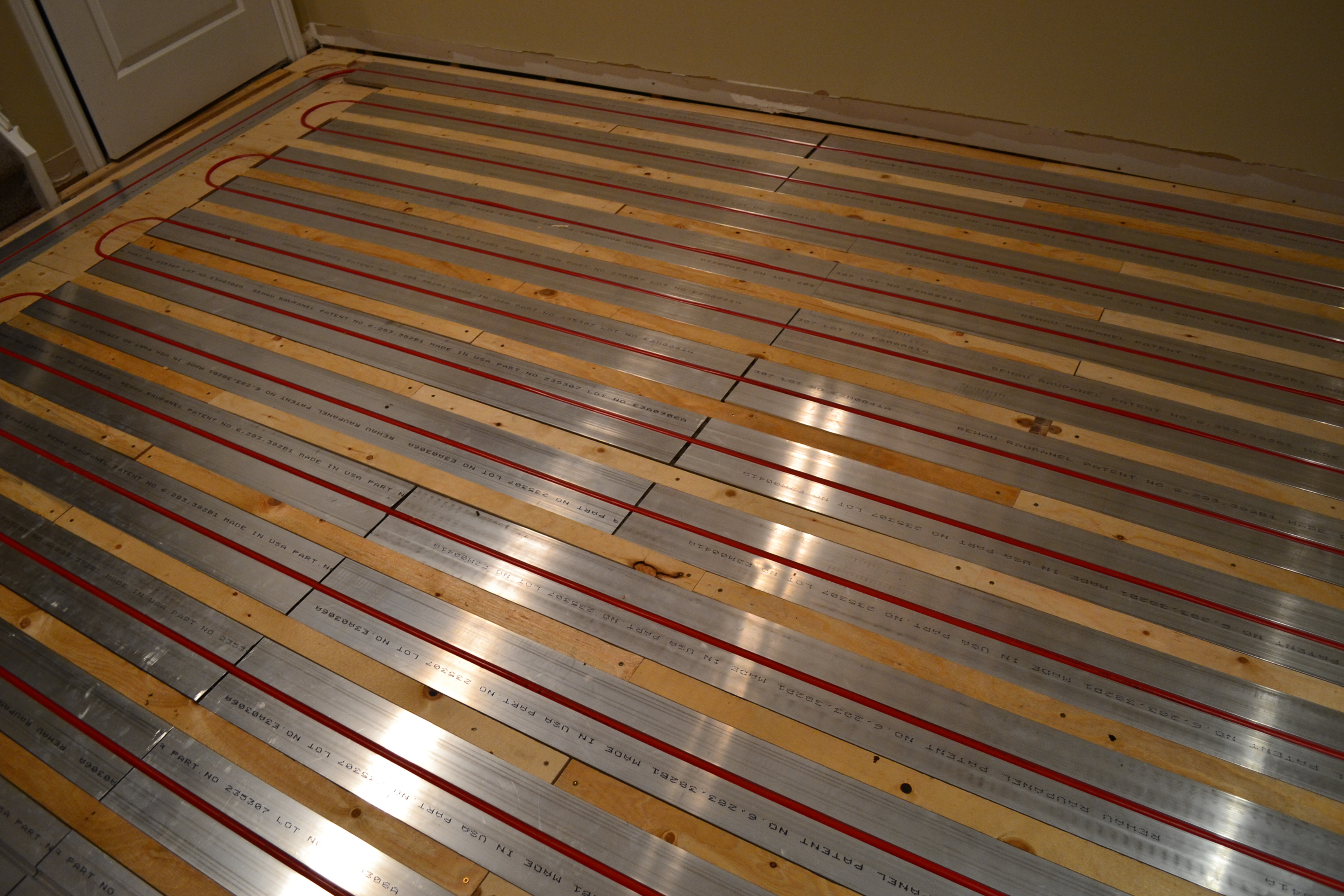
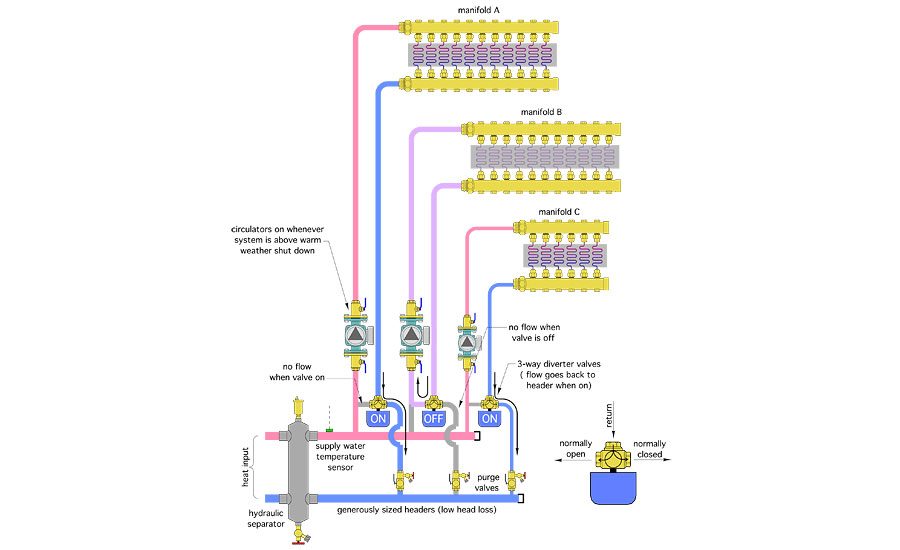


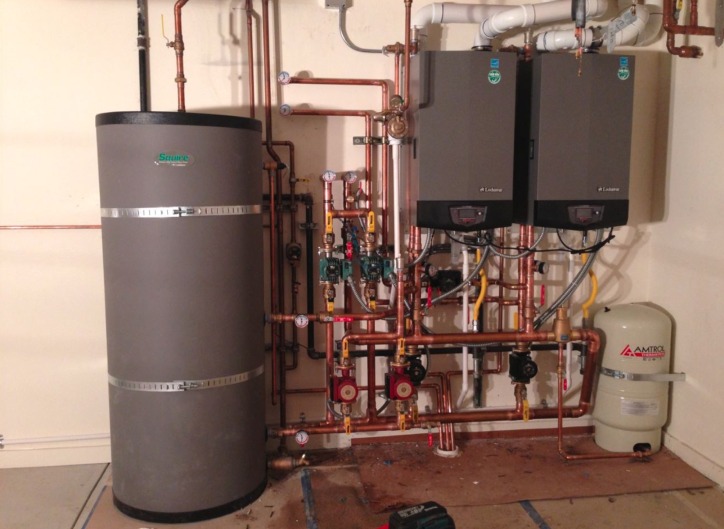
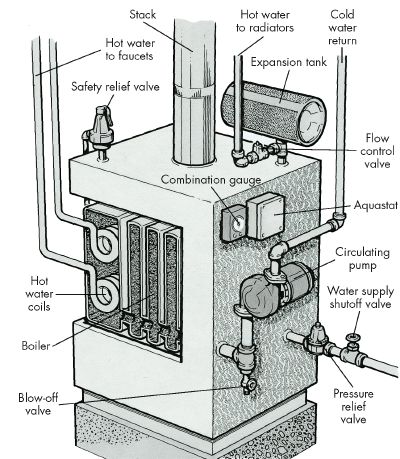

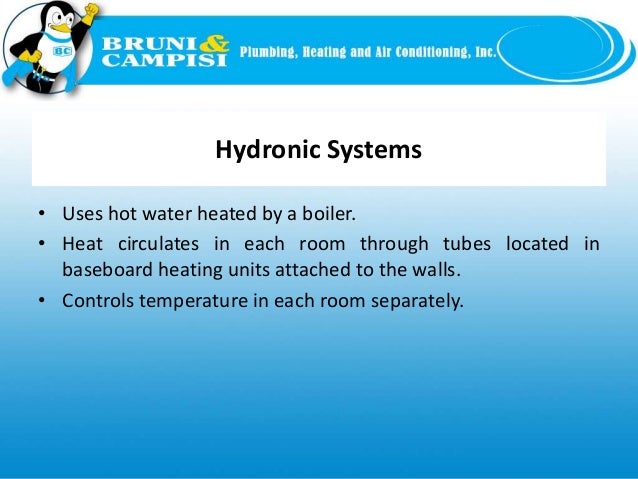
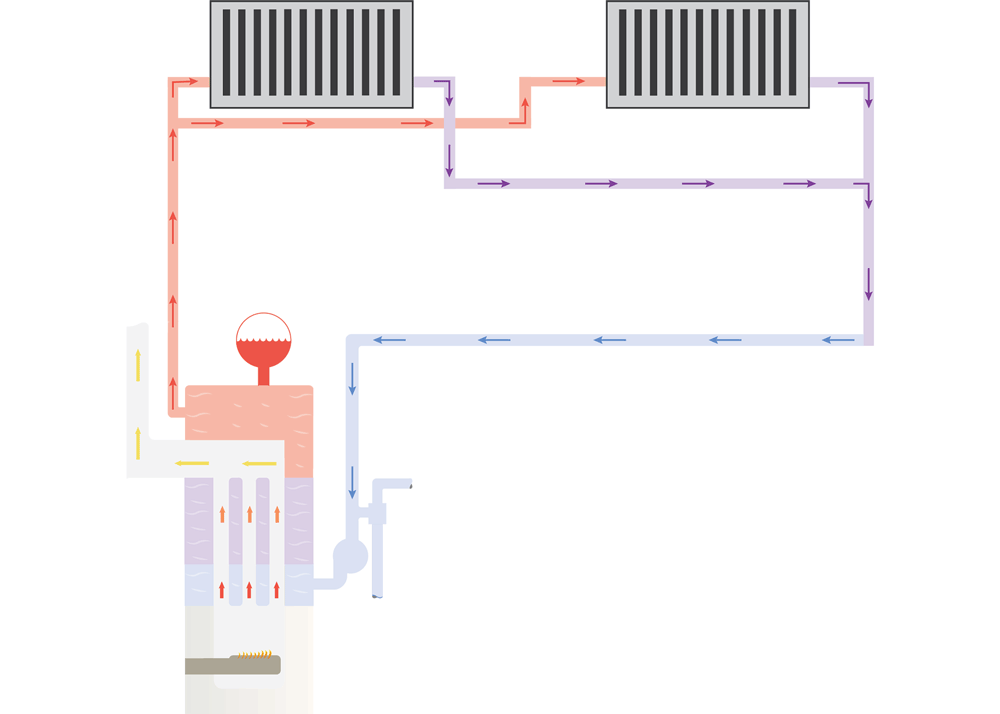
Post a Comment for "A Hydronic Heating System Uses"